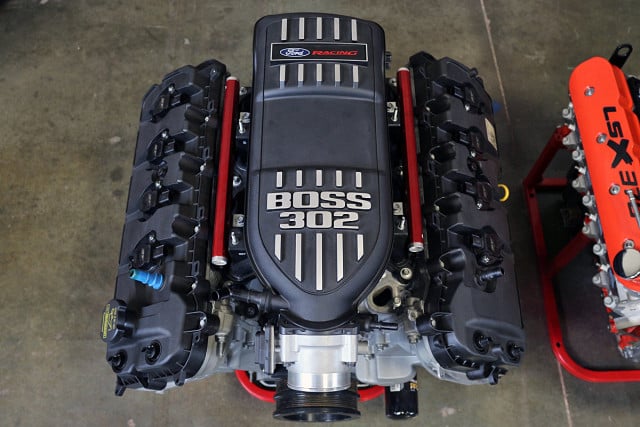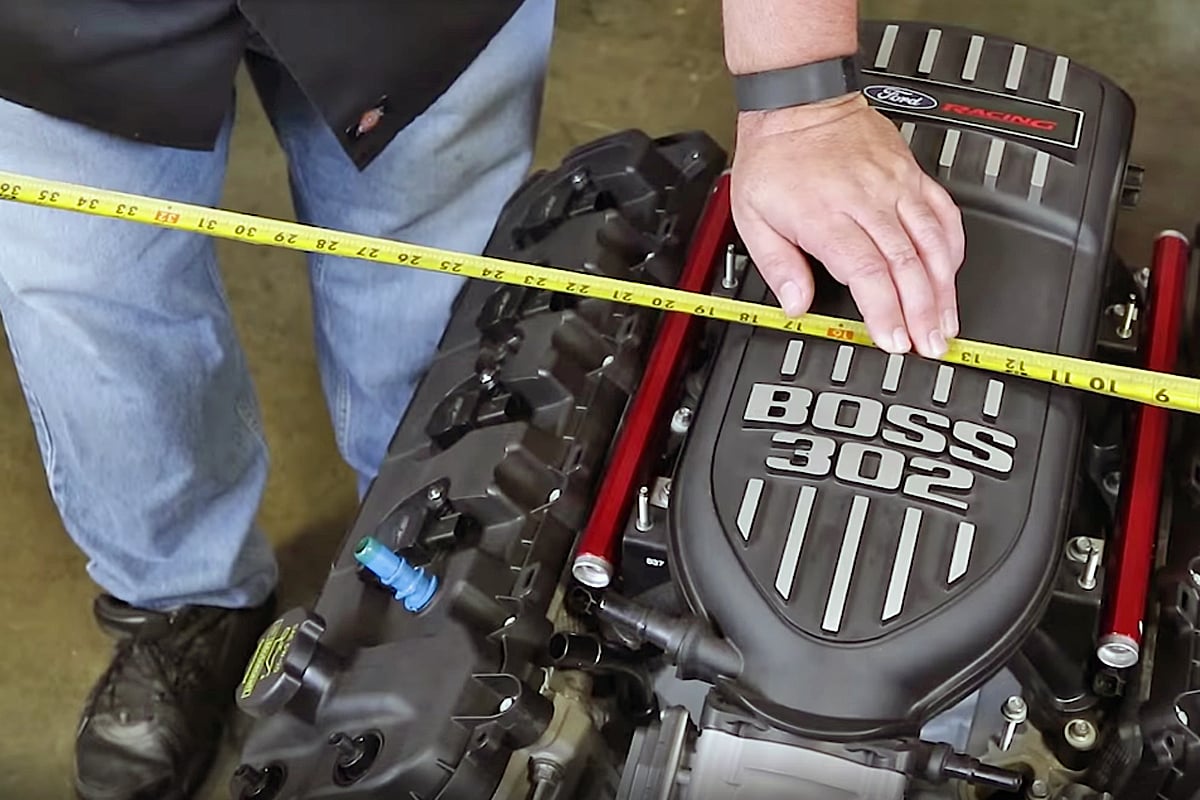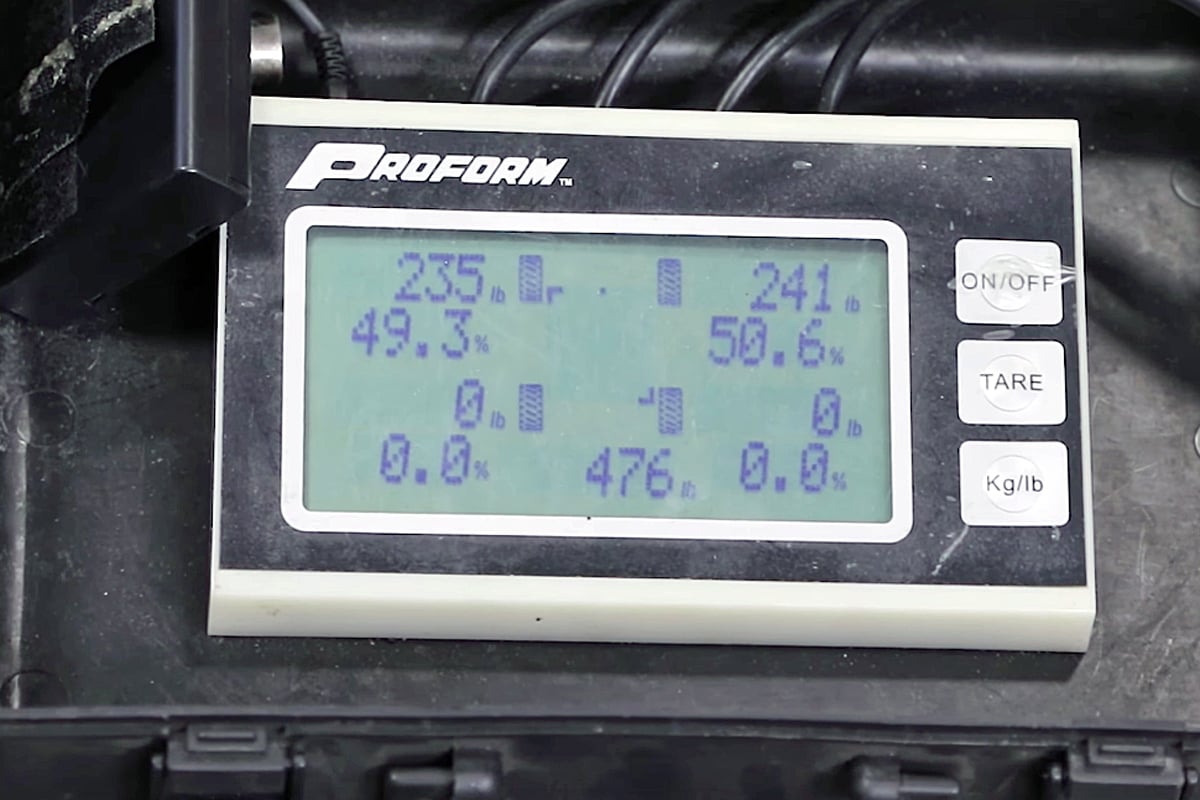Implementing any back-to-back engine comparison or dyno shootout can quickly send you down a rabbit hole of controversy. With so many variables from engine to engine and the almost never-ending combination of possible parts, there will always be something for the GM or Ford fanboys to criticize. You may remember the LS3 vs Coyote budget shootout, which concluded with heavy debate among our readers.
To change things up for this comparison, we went hunting for any unclaimed engines we could find out in the shop. After annoying our shop technicians a little bit, we were able to get our hands on three strikingly different platforms; A Chevy LSX376-B15 crate engine with a 4.5-liter Whipple supercharger strapped on top, the 5.0L Coyote from our budget shootout, and a World Products Motown II LS/SBC hybrid.
We want to make it clear that we already know this is a mismatched comparison. We’re doing this for the hell of it and to share whatever we learn from this with our readers.
Is Bigger Always Better?
To rule out any variations in oil pan dimensions and to make the height comparison as fair as possible, we made all of the height measurements from the top of the manifold or throttle body down to the centerline of the crankshaft pulley.
First up in our size comparison is Ford’s Coyote engine; from valve cover to valve cover, the modular 5.0-liter came in at just a hair over 29-inches wide, and with a height of 20.5-inches to the top of the Boss 302 manifold.
Taking our extremely precise measurements of the Coyote engine.
The next engine to be scrutinized is our LSX376 crate beauty. The dimensions of this small-block are almost perfectly square – with a width of just 23-inches, and from the top of the 4.5L Whipple, a height of 22-inches.
The Motown hybrid block’s setup is a little different than most – with slightly taller than normal valve covers, the width came in at 23.75-inches, and from the top of the FiTech EFI throttle body we came up with a height of 20.25-inches.
It’s Not Fat Shaming
With the help of one of our shop technicians, we carefully lifted each assembly using an engine hoist and placed the engine and stand on a pair of automotive scales, which are normally used for tasks like corner balancing. Again, we know this is an apples to oranges comparison.
Starting with the Coyote; we want to note that this 5.0-liter doesn’t have a water pump installed, but does have a flywheel bolted to the rear. With the specifics out of the way the aluminum block Coyote weighed in at exactly 430 pounds.
The GM crate engine doesn’t have a flywheel, but it does feature a beefier iron block and the added weight of Whipple’s twin screw supercharger assembly. Once the LSX376 was gently lowered on the scales, we weren’t too surprised with the engines borderline obese weight of 589 pounds.
Last but not not least we have the Motown, which does not have a flywheel or water pump, but also uses a stronger iron block. With the engine firmly planted on the scales, this LS/SBC hybrid came in at a surprising 476 pounds, we expected more.
From left to right - Coyote: 430 pounds (without water pump, with flywheel), LSX376: 589 pounds (without flywheel, with water pump and Whipple), Motown II: 476 pounds (without water pump or flywheel)
Horsepower Per Pound
Our Coyote started with a Ford F-150 block, a slight overbore pushing displacement out to 304 ci, stock cylinder heads, and some cams from COMP for this DOHC setup, all combining to make 510 horsepower at a weight of 430 pounds (with flywheel). After a little number crunching the lightweight of the bunch comes out to 1.186 horsepower per pound with the flywheel, and 1.24 without.
Getting the last of our naturally aspirated air pumps out of the way first, the Motown II comes in at 433 ci and made 682 horsepower. With a weight of 475 pounds, this puts our hybrid platform at 1.43 horsepower per pound.
Tipping the scales at 589 pounds, the Whipple forces an additional 22 psi though the manifold to make an outstanding 1,079 horsepower, pushing the ratio up to an impressive 1.829 horsepower per pound. We also want to add that we really have no idea what peak torque is for this LSX, the dyno literally couldn’t handle the power it was making below 4,000 rpm.
Final Thoughts
While this wasn’t exactly scientific and didn’t present a level playing field, we just wanted to do something fun and a little different to see how exactly these three monsters that were built with different goals in mind compared to one another.






















